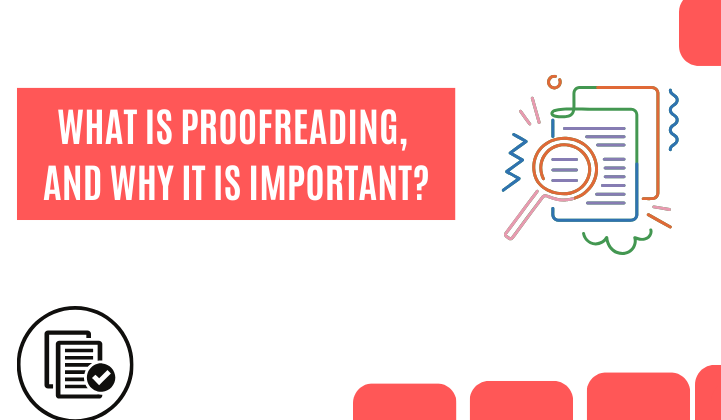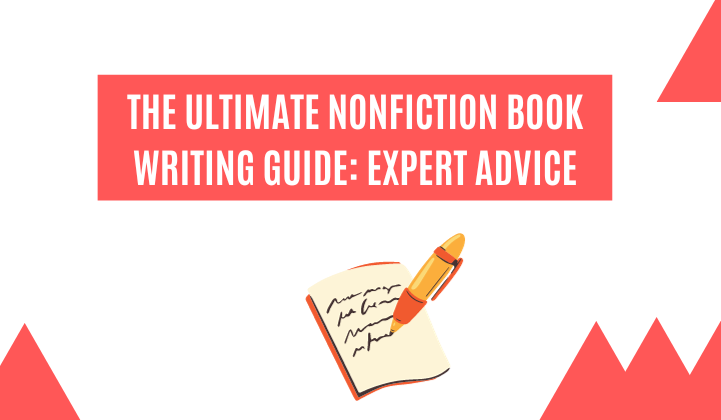How to Write A Successful Fiction
Want to know how to write successful fiction? Then read the full article. A fictional story is an exciting project that lets your imagination soar as you develop characters and construct worlds. While there isn’t a set of rules you must adhere to when writing fiction, there are several tried-and-true methods to get you started, improve your writing, and create a compelling story.
Perhaps you have a fantastic tale idea that you would love to see published. Or perhaps you simply enjoy reading books and want to attempt writing one yourself.
Also, check out – 5 Famous Indian Writers of All Time
Whatever your motivations, you are at the correct spot. This article will provide you with a step-by-step manual to assist you in beginning to write your first fictional work.
Tips to Write Fiction
Writing realistic fiction involves creating a compelling narrative that accurately reflects the real world while incorporating fictional elements. Here is a guide to help you write realistic fiction:
Choose a relatable setting: Set your story in a familiar location that readers can imagine. Research and incorporate realistic details about the place to enhance the authenticity of your story.
Develop believable characters:
Create characters that feel like real people.
Give them unique personalities, motivations, and backstories.
Consider their flaws, strengths, and how they interact with others.
Show their growth and development throughout the story.
Conduct thorough research: Research is essential for writing realistic fiction. Whether it’s a profession, a historical event, or a specific location, gather accurate information to ensure your story is grounded in reality. This helps build credibility and engages readers.
Also, check out – Why You Need a Writing Mentor: 10 Benefits That Can Transform Your Career
Show, don’t tell: Use descriptive language and sensory details to immerse readers in the story. Instead of telling readers about emotions or events, show them through actions, dialogue, and internal thoughts. This creates a vivid and realistic reading experience.
Create authentic dialogue: Develop a natural dialogue that reflects how people speak. Use contractions, interruptions, and colloquialisms to make conversations realistic. Each character should have a distinct voice, reflecting their personality and background.
Incorporate conflict and tension: Realistic fiction thrives on conflict. Introduce challenges and obstacles that characters must overcome. Conflict can arise from internal struggles, relationships, societal issues, or external circumstances. Create tension to keep readers engaged and invested in the story.
Balance pacing and structure:
Find the right balance between exposition, rising action, climax, and resolution.
Pace your story effectively to maintain readers’ interest.
Use chapter breaks and scenes strategically to build tension and flow the narrative.
Address moral ambiguity: Realistic fiction often explores complex moral dilemmas and gray areas of human behavior. Avoid oversimplifying issues by presenting multiple perspectives and allowing characters to make difficult choices. This adds depth and authenticity to your story.
Also, check out – 5 Best eBook Publishing Platforms Authors Must Know
Edit and revise:
After completing your first draft, revise and edit your work thoroughly.
Check for inconsistencies, refine character arcs, and tighten the plot.
Ensure that your story remains grounded in reality and that the events and reactions are plausible.
Seek feedback: Share your work with trusted beta readers, writing groups, or professionals. Feedback can help you identify areas that need improvement and provide different perspectives on the realism and impact of your story.
Remember, while realism is important in realistic fiction, artistic license allows for creative elements. Find the right balance between reality and imagination to craft a captivating and authentic narrative.
Also, check out – 10 Best Tools for Writing a Book in 2023
Frequently Asked Questions
What qualities distinguish a good fiction book?
Effective stories—whether found in books, short stories, films, or other media—have dramatic material and change, captivating rhythm and structure, likable and memorable characters, cohesiveness, and an impactful beginning, middle, and finish, among other qualities.
What three forms of fiction are there?
The genre, literary, and mainstream fiction fall under these three headings.
Which five components make up fiction writing?
Every story needs five essential components: a plot, a place, characters, a point of view, and conflict.
Is fiction writing simple?
Writing requires commitment and hours of practice before your prose can sparkle, and your characters have enough flesh to enter readers’ hearts. Ernest Hemmingway and Steinbeck, two famous authors, put in long hours to hone their craft and discover their unique voices.
Conclusion
Here are our top recommendations for creating fiction. Although it is a difficult task, anyone can write a novel if they effortlessly develop their writing abilities and constantly work on their tale.
Do you have any suggestions or advice for aspiring writers and authors? Post them in the comment box.
If you are someone looking for guidance and mentorship in starting your writing journey reach us at writerstutor.com.







